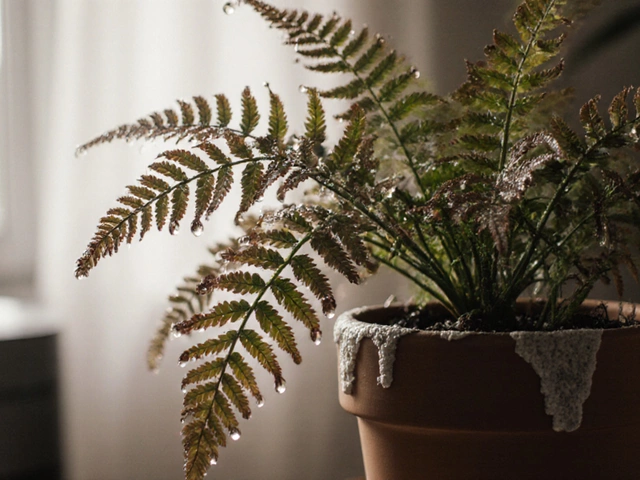Roof Waterproofing: Simple Steps to Keep Your Home Dry
Living in India means dealing with heavy monsoons, scorching sun, and everything in between. A wet roof is more than an annoyance—it can ruin walls, spoil furniture, and hurt your health. The good news? You don’t need a PhD to protect your roof. With a few smart checks and easy fixes, you can stop leaks before they start.
Spotting the First Signs of a Leak
Before you climb a ladder, look for clues on the ground. Stains on the ceiling, peeling paint, or a musty smell are early warnings. Inside the attic, check for water droplets on beams or damp insulation. Outside, walk the roof and feel for soft spots in the shingles or tiles. Catching a problem when it’s tiny saves you money and hassle later.
Do-It-Yourself Waterproofing Tricks
Got a ladder and a little time? Start with a thorough cleaning. Sweep away leaves, moss, and debris—these trap moisture and cause cracks. Next, seal cracks with a flexible roof sealant. Make sure the product is UV‑resistant and works with your roof material, whether it’s concrete, metal, or tiles. For larger leaks, apply a waterproofing membrane. Roll it out like a rug, press it firmly, and overlap the edges for extra protection.
If you prefer a quick fix, a coat of acrylic waterproof paint works well on flat roofs. It dries fast and adds a protective layer that repels rain. Just follow the manufacturer’s instructions: one coat for cleaning, two coats for sealing, and let each layer dry completely before the next.
Remember, regular maintenance is key. After each monsoon season, walk the roof and spot‑check the flashing around chimneys, vents, and skylights. These metal pieces are common leak points. Tighten loose screws and apply a thin bead of sealant where the metal meets the roof.
When DIY isn’t enough, call a professional. They can do a roof wash, replace damaged tiles, or install a modern waterproof membrane that lasts up to 10 years. A short investment now prevents expensive water damage later. Ask for a written estimate, compare a couple of contractors, and look for reviews that mention timely work and clean sites.
Finally, protect your home from inside out. Good ventilation reduces condensation, and a well‑insulated attic stops warm air from heating the roof and creating moisture. Pairing roof waterproofing with these indoor steps gives you a dry, comfortable house all year round.
Got more garden‑related queries? Our tag page also features articles on drip irrigation, balcony makeovers, and sustainable gardening—perfect for anyone who loves a healthy home inside and out.
How to Waterproof Your Terrace Roof: Essential Tips
Make your terrace roof a reliable space by waterproofing it effectively. Learn why waterproofing is crucial, what materials you need, and the steps to do it yourself. Discover practical tips to avoid common mistakes and keep your terrace dry. Turn your terrace into a cozy haven that withstands the elements.
About
Terrace Gardening
Latest Posts


Broccoli Farming in India: Profit Secrets, Tips, and Market Dynamics
By Alden Thorne Aug 7, 2025

Which Flower Is Most Grown in India? The Top Cultivated Bloom and Why It Dominates
By Alden Thorne Oct 30, 2025

Can You Use Tap Water to Mist Indoor Plants?
By Alden Thorne Nov 21, 2025

